Pemathang (previously called Dalim) is among other village, the most popular when it comes to sugarcane farming in Samdrup Jongkhar. Sugarcane farming doesn’t require much effort as the other crops do. Once the crop is put into the soil, it will produce new shoots annually. Since it is a perennial crop, the shoot will continue to grow as long as the roots remain in the soil.
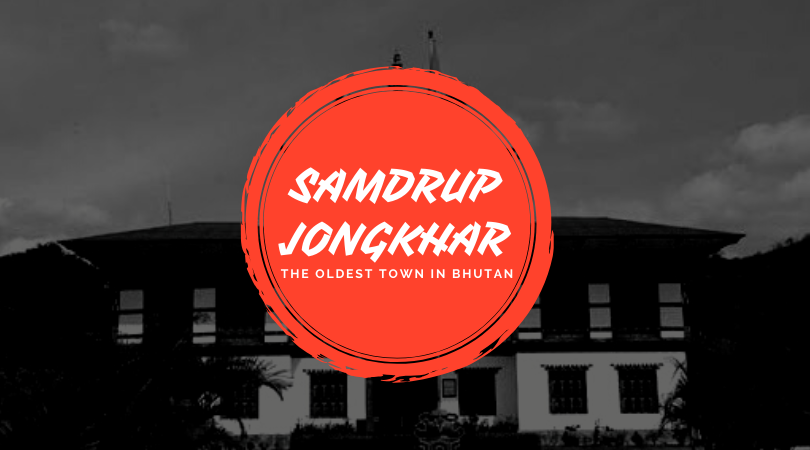
During winter, the shoot springs up to be fully matured. It can grow up to the height of 2 to 3 meters. The sugarcane is cut close to the ground manually using a sharp machete. Each cane is stripped off their leaves and is thoroughly cleaned.
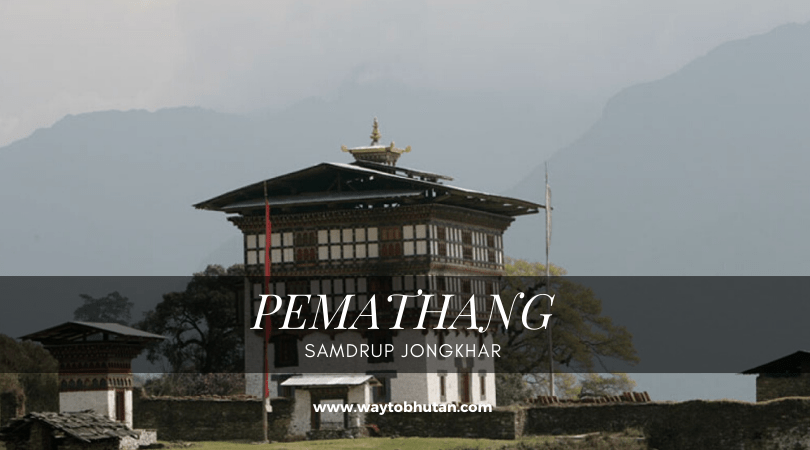
It is cut into pieces of 15 to 20 centimetres long. This is further cleaned into running water. In the past, there has been the sugarcane press but this year, the machine got rust and the gears have lost its spikes. Therefore the people of Pemathang made their press using woods. Using the press, the juice is extracted and reserved in a bowl. It would take 3 to 4 hours before the juice is finally collected in a much larger bowl to be boiled for the next 6 to 7 hours.
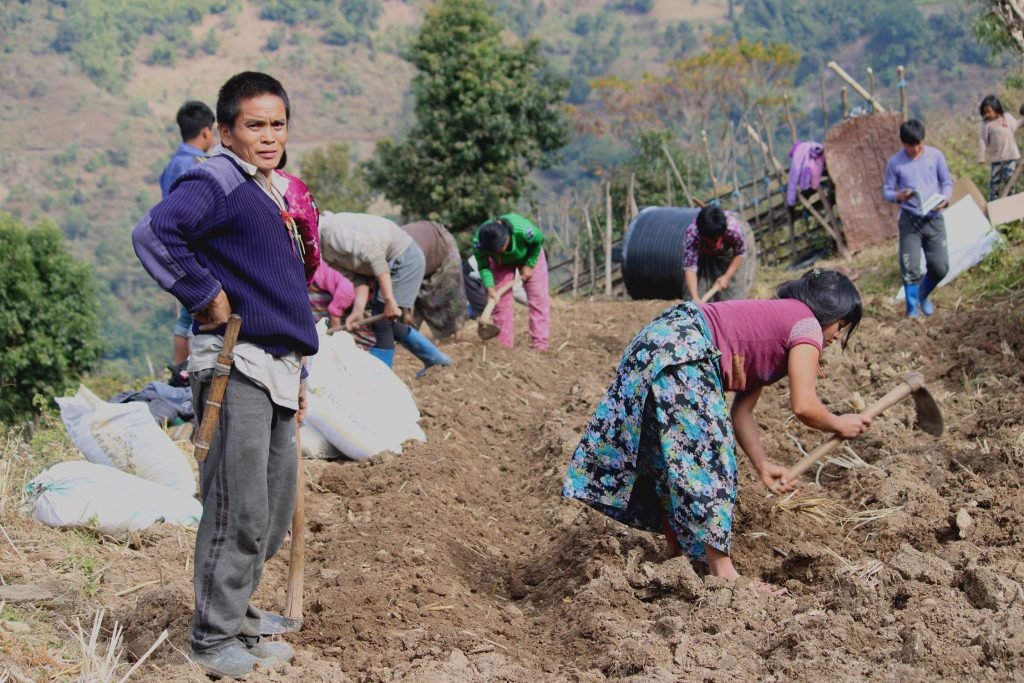
In the first 1 to 2 hours, the juice is constantly stirred using a metal gauge. In this time, dirt and foams that rise to the surface are cleaned up. For the rest of the time, the juice will continue to be thick and the quantity will decrease. In the final hour, the juice will become molasses which are dark red. This is observed by the experienced and the expert as there is no instrument to measure when to stop boiling. In the final step, the molasses is poured into plates and mugs and left to dry.

Sugarcane is not a big business for the people of Samdrup Jongkhar. A kg of cane sugar costs Nu 200. However, there are people, who have practiced the sugarcane farming since long. For them, the idea of making sugarcane goods is more than just a business. It is a tradition passed down by their forefathers.

Products extracted from sugarcane are:
Sugar cane juice.
This is the direct extract of sugarcane juice using a blender. The extracted juice is treated with a teaspoon of lemon juice and a small piece if ground ginger. This is not a common practice but people do consume during hot days.
Cane syrup
This is the molasses extracted after boiling sugarcane juice. It is stored in the airtight bottle or can so that it does not solidify. People use this for medicinal purpose and even feed their cattle.

Cane sugar
It is the solid blocks of molasses and is the end product after boiling sugarcane juice. This is used for all-purpose sweeteners. It is also used locally for treating minor illness.
Cattle feed
The leaves of the sugarcane are used as a fodder for cattle. Some juice extracted from sugarcane is also given to cattle, especially cows.
Content Contributed by BISHU BHAKTA RAI



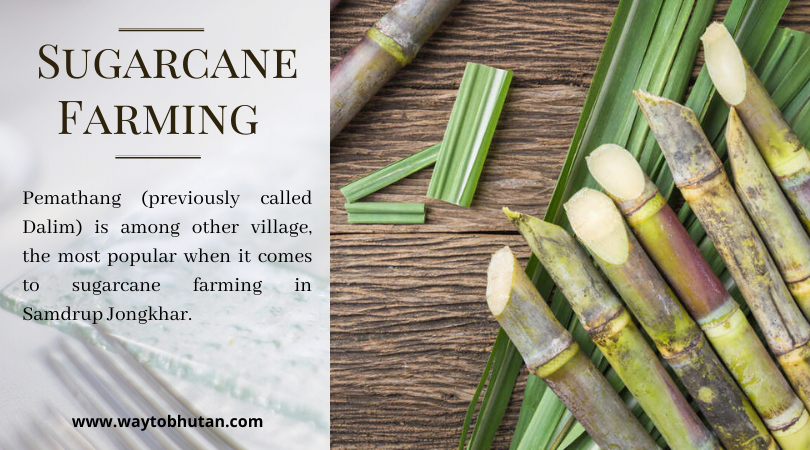
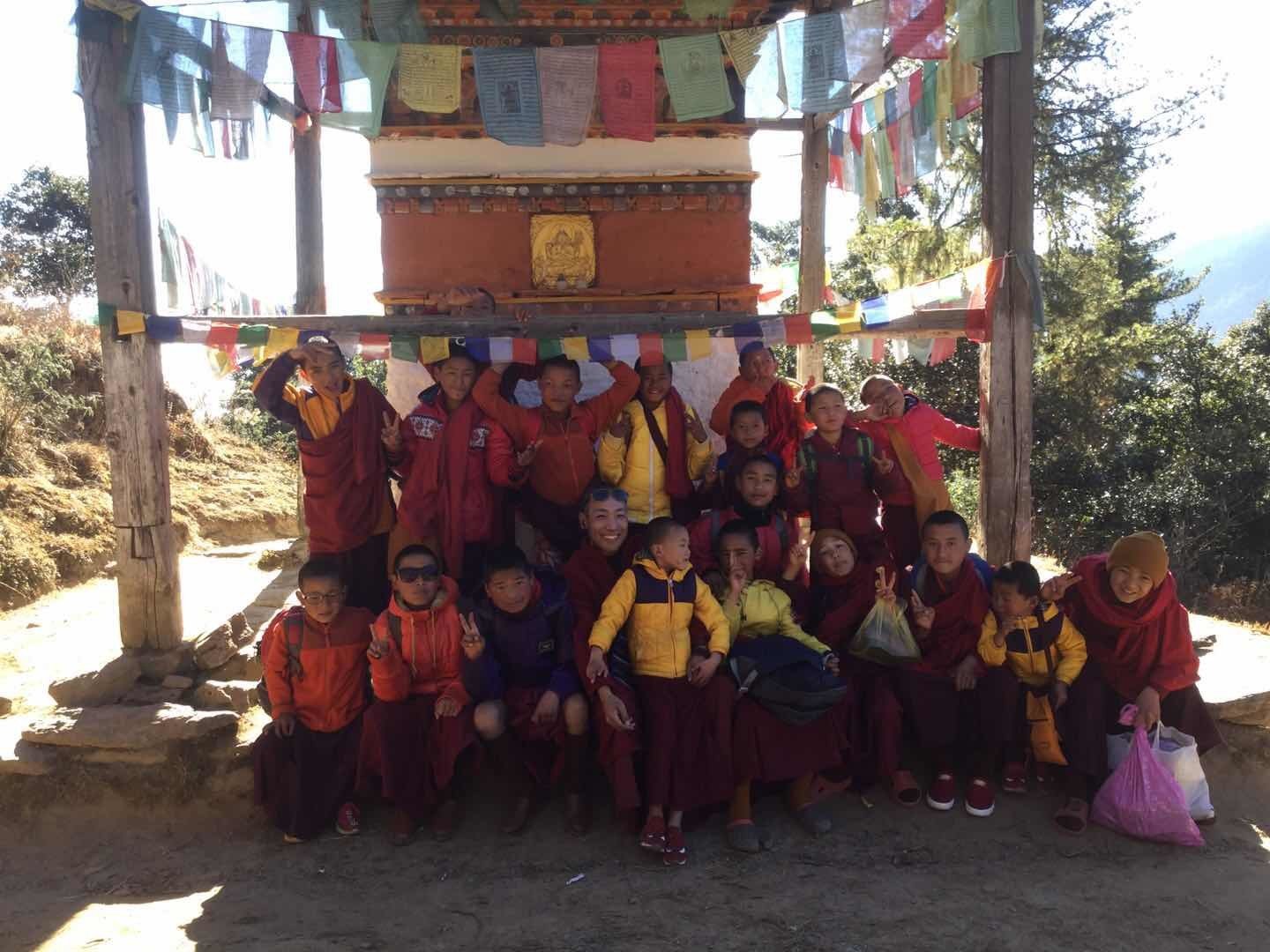



Thank you so much for this wonderful information. Sugar Cane is widely used in India & most of the states of India cultivate Sugarcane. Now we all know one more town in Bhutan famous for sugarcane. Those pictures speak lot of things.
Thank you So much for your comment.